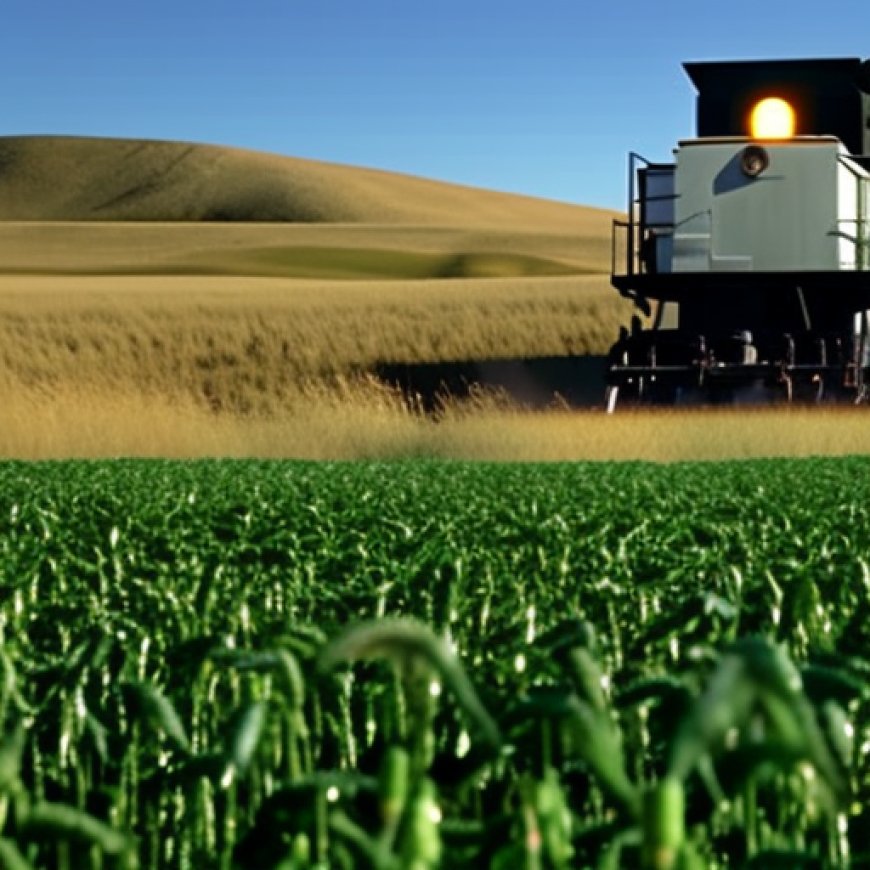Kelly Administration Commits Additional $1M to Conservation Efforts in Response to Projections of Lower Wheat Production – Governor of the State of Kansas
Kelly Administration Commits Additional $1M to Conservation Efforts ... Kansas Governor


Funds Reduce Erosion, Promote Water Conservation, and Mitigate Effects of Ongoing Drought
TOPEKA – Governor Laura Kelly today announced that an additional $1 million has been directed to Conservation Districts across Kansas to support practices that will reduce erosion, promote water conservation, and mitigate the effects of the ongoing drought. This is in addition to the $3.5 million distributed each year for similar conservation efforts.
This additional funding comes as the U.S. Department of Agriculture projects that the wheat harvest will be 122 million bushels short of Kansas’ 330-million-bushel average.
“The drought we have experienced has absolutely starved our wheat harvest at a time when Kansas farmers – and the world – cannot afford it,” Governor Laura Kelly said. “My administration will continue to make the necessary investments to protect the water resources that fuel our agriculture industry – the bedrock of our state’s economy.”
Funding is provided by the Kansas Department of Agriculture Division of Conservation (KDA–DOC) through an appropriation from the State Water Plan Fund. The program is administered by Conservation Districts across the state.
“The state continues to seek funding for conservation efforts that can maximize water resources and help make agricultural practices for farmers and ranchers more efficient and sustainable,” Secretary of Agriculture Mike Beam said.
Landowners and producers with natural resource concerns on their property are encouraged to visit their local Conservation District office to discuss the possibility of receiving state financial assistance. The additional funding is available to landowners and producers interested in eligible water resource practices such as irrigation water management, nutrient management, planting cover crops, livestock water supplies, cross fencing, and abandoned well plugging.
Please contact your local conservation district office for application assistance and more information concerning state cost-share programs and other available services. A directory of Conservation Districts can be found at agriculture.ks.gov/ConservationDistricts.
In addition to helping with conservation efforts, the Department of Agriculture reminds Kansas farmers, ranchers, and their families that help is available for ag-related stress. The lower-than-expected yield can be overwhelming for mental health. Those resources can be found at KansasAgStress.org.
Sustainable Development Goals (SDGs)
- Goal 2: Zero Hunger
- Goal 6: Clean Water and Sanitation
- Goal 12: Responsible Consumption and Production
- Goal 13: Climate Action
- Goal 15: Life on Land
SDGs, Targets, and Indicators
1. Which SDGs are addressed or connected to the issues highlighted in the article?
- SDG 6: Clean Water and Sanitation
- SDG 13: Climate Action
- SDG 15: Life on Land
2. What specific targets under those SDGs can be identified based on the article’s content?
- SDG 6.4: By 2030, substantially increase water-use efficiency across all sectors and ensure sustainable withdrawals and supply of freshwater to address water scarcity.
- SDG 13.1: Strengthen resilience and adaptive capacity to climate-related hazards and natural disasters in all countries.
- SDG 15.3: By 2030, combat desertification, restore degraded land and soil, including land affected by desertification, drought, and floods, and strive to achieve a land degradation-neutral world.
3. Are there any indicators mentioned or implied in the article that can be used to measure progress towards the identified targets?
- Indicator for SDG 6.4: Water-use efficiency across sectors
- Indicator for SDG 13.1: Resilience and adaptive capacity to climate-related hazards
- Indicator for SDG 15.3: Extent of land degradation and restoration
The article mentions that the additional funding is directed towards practices that will reduce erosion, promote water conservation, and mitigate the effects of the ongoing drought. These practices align with the targets under SDG 6, SDG 13, and SDG 15. The specific targets identified are based on the goals of increasing water-use efficiency, strengthening resilience to climate-related hazards, and combating land degradation. While the article does not explicitly mention the indicators, they can be used to measure progress towards these targets.
4. Table: SDGs, Targets, and Indicators
| SDGs | Targets | Indicators |
|---|---|---|
| SDG 6: Clean Water and Sanitation | 6.4: By 2030, substantially increase water-use efficiency across all sectors and ensure sustainable withdrawals and supply of freshwater to address water scarcity. | Water-use efficiency across sectors |
| SDG 13: Climate Action | 13.1: Strengthen resilience and adaptive capacity to climate-related hazards and natural disasters in all countries. | Resilience and adaptive capacity to climate-related hazards |
| SDG 15: Life on Land | 15.3: By 2030, combat desertification, restore degraded land and soil, including land affected by desertification, drought, and floods, and strive to achieve a land degradation-neutral world. | Extent of land degradation and restoration |
Behold! This splendid article springs forth from the wellspring of knowledge, shaped by a wondrous proprietary AI technology that delved into a vast ocean of data, illuminating the path towards the Sustainable Development Goals. Remember that all rights are reserved by SDG Investors LLC, empowering us to champion progress together.
Source: governor.kansas.gov

Join us, as fellow seekers of change, on a transformative journey at https://sdgtalks.ai/welcome, where you can become a member and actively contribute to shaping a brighter future.







